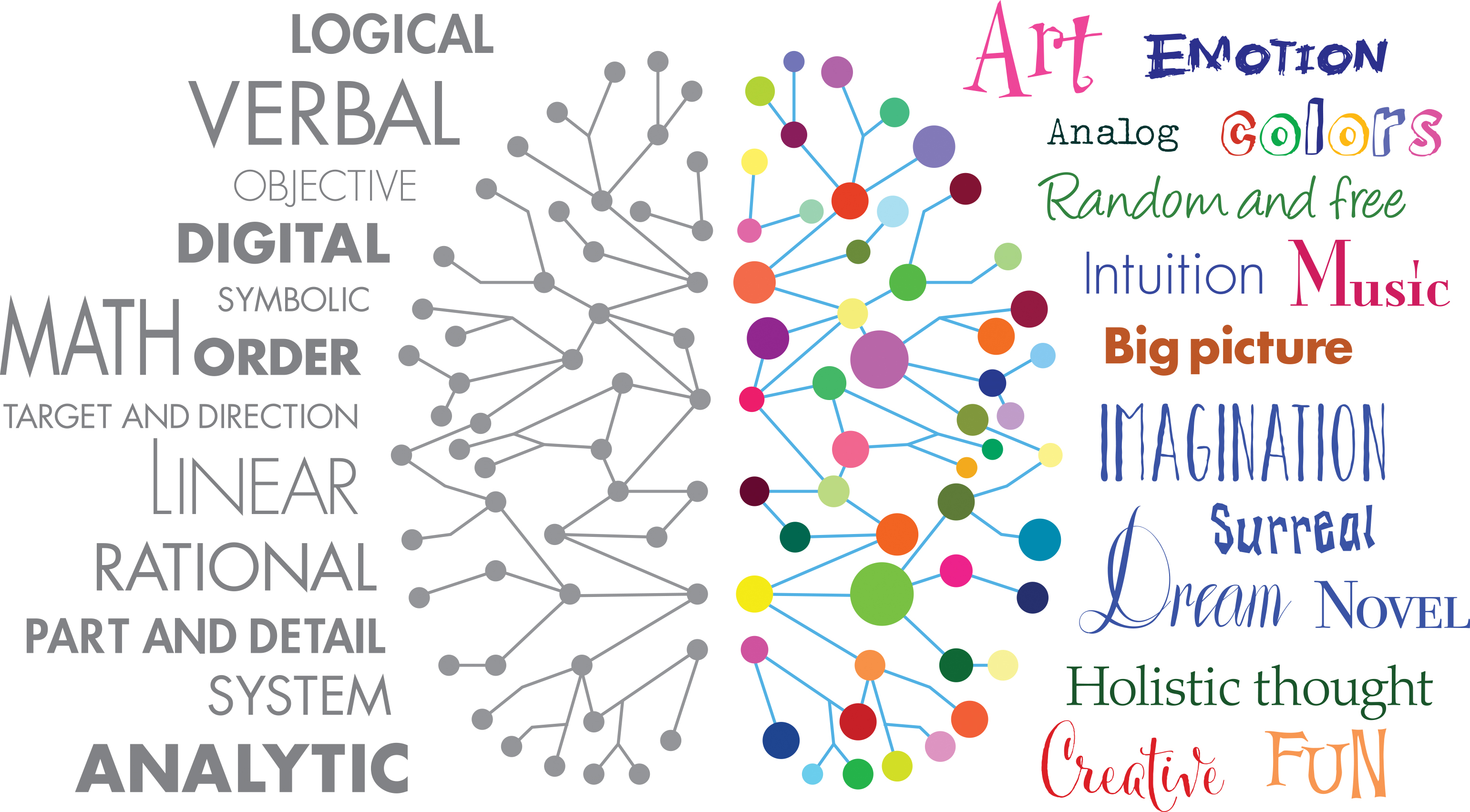Rebooting Our Brain
Published on
March 23, 2015
By Nancy
Studio Manager/Designer

For those of you who know me, you know that I’m a high-energy, doesn’t-know-how-to-relax person who could use a vacation – even when I’m on vacation! I don’t know how to turn off my brain. My acupuncturist calls it “Monkey Brain.” You know what I’m talking about…waking up at 2:00 a.m., looking at the clock wishing it were 5:30 a.m., but instead you lie there thinking about a thousand things that don’t allow you to go back to sleep. Then, when you do fall asleep, it’s 5:20 a.m. and the alarm is about to go off!
Since we moved into our new building in mid-January, I have taken the train to work every single day, except one. I had no idea how valuable that time would become for me. The first few days, I listened to music, which was a big change from stressing out listening to the news in the car as I drove. Then I got hooked on listening to podcasts. I started with the highly-talked-about crime story, “Serial.” Then I switched over and started listening to NPR’s “TED Radio Hour.”
I downloaded the “TED Radio Hour” app to my iPhone and my iPad. A few of the topics that I first downloaded and listened to included What We Fear, How We Love, Brand Over Brain, Success, Keeping Secrets, Courage and The Unknown Brain. The list of subjects/titles is almost endless. At the end of each show, Guy Raz reminds us, if we want to hear more, to go check out the full podcast at ted.com. The day that I finished listening to The Unknown Brain, I did download one of the full TED talks from that segment entitled “My Stroke of Insight.” In her talk, Dr. Jill Bolte Taylor recounts the events of the morning she realized she was having a stroke and talks about it on the TED stage.
Watch the podcast when you have a few extra minutes. You can download the audio-only version, but watching the 18-minute video is fascinating.
The way Dr. Taylor describes her minute-by-minute observations of having a stroke is terrifying as well as amazing. At one point she says to herself, “Wow! This is cool! How many brain scientists have the opportunity to study their brain from the inside out?” Her talk had a great impact on the way I think about…“the way I think.”
I’ve always excused my lack of technical knowledge by embracing the concept that I’m “right-brained.” I did change my major in college from science to art. Hey. I’m right-brained. I’m visual. I have to look at it. I have to see it and experience it to totally understand it. Whatever it is.
So you might be asking yourself, “How does any of this relate to us working in the digital space?” Here’s how: Jill Bolte Taylor’s brain completely rebooted after her stroke. Well, it wasn’t really a reboot. It was a “hard shutdown” and she lost all the data. Afterward, she had to, little by little, relearn everything – everything that her left hemisphere controlled. In her TED Talk, she said it took her eight years to fully recover.
For those of us who have worked on print creative most of our careers, working in the digital space can be intimidating. We’re used to knowing the answers. We’re used to being the go-tos when new creative hires come on board. We’ve been the creative problem-solvers. We can look at a quickly drawn layout on a piece of scratch paper and know how to build it out beautifully. It’s automatic.
If you’re digitally challenged and haven’t done this already, it’s time to reboot your mental hard drive. Quiet the monkeys in your brain that hold you back and tell you that you can’t do something, or worse; shush the chatter that holds you back because you think there’s only one way to do it. (Our mind: “But that’s the way it’s always been done!”) Friend every digitally savvy person you can find and get to know them. Learn from them. And then, introduce the right hemisphere of your brain to the left. We need to be intentional and conscious in our thinking and problem-solving. There are dozens of different ways to do things in the digital space. The technology keeps advancing, creating even more opportunities!
I’d venture to guess that most people in the advertising business are skewed toward being right-brained, which is an amazing, wonderful, all-inclusive place to be. But without the left side engaged, we’d never get anything done!
Claude Bernard said, “It is that which we do know which is a great hindrance to our learning that which we do not know.” If we really could reboot our brains, discarding the nonessentials so we could more clearly focus on what’s relevant and important and new and innovative, imagine the possibilities!
TL;DR
Resources
TED Radio Hour
TED Radio HourMy Stroke of Insight
TEDQuotations
Claude Bernard